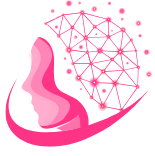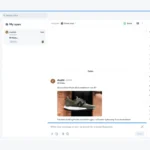Capturing and nurturing leads is a big challenge for business owners. Traditional methods often fall short due to the inability to provide immediate, personalized responses to potential customers.
Enter lead generation chatbots—automated tools designed to engage website visitors in real time, gather contact information, and efficiently qualify leads.
With their assistance, businesses can streamline their lead generation and sales processes, enhance user experience, and ultimately boost conversion rates.
So, let’s dive into how lead generation bots help revolutionize your approach to capturing leads.
Let’s get right into it—
Best chatbots for lead generation
Let’s have a look at the best chatbot software platforms that provide lead generation templates.
We will explore their core features, advantages, disadvantages, and pricing, helping you choose the optimal solution for you.
| AI lead generation software | Rating | Free plan | Best for |
|---|---|---|---|
| Tidio | 4.7/5 ⭐️ | ✅ | Lead generation bot templates |
| Botsonic | 4.6/5 ⭐️ | ✅ | CRM integrations |
| Landbot | 4.7/5 ⭐️ | ✅ | WhatsApp automation |
| Drift | 4.4/5 ⭐️ | ❌ | Lead qualification features |
| Sendbird | 4.5/5 ⭐️ | ✅ | Intuitive UI design |
Here’s a more detailed look at lead gen bot tools you can use to elevate your lead generation strategy:
1. Tidio

Rating: 4.7/5 ⭐️ (1,520+ reviews)
Tidio is an all-encompassing customer service platform that comes with everything a business needs to generate more sales. It comes with live chat for lead generation and AI-powered and rule-based chatbots that make it easy to capture leads in no time. This includes a user-friendly chatbot builder with premade templates for lead generation, an intuitive chat widget, and robust automation features.
Main features:
- AI chatbot that answers FAQs in a human-like manner
- Chatbot flows with lead generation templates
- Canned responses with premade replies
- Multichannel functionality (WhatsApp, Facebook, Instagram)
- Customizable chat widget options
Pricing:
- 7-day free trial available
- Free version available
- Starter ($29/mo)
- Growth (starts at $59/mo)
- Plus (starts at $749/mo)
- Premium (starts at $2999/mo)
Read more: Learn how Tidio’s support team streamlined automation processes using Lyro.
2. Botsonic

Rating: 4.6/5 ⭐️ (80+ reviews)
Botsonic provides advanced virtual assistants for lead generation that pull natural-sounding answers from your company’s knowledge base. Its chatbots are easy to configure and the user interface is quite intuitive, as well. You’ll be able to integrate the tool with other popular CRM software in order to effortlessly transfer leads to your sales reps.
Pros:
- Intuitive interface
- AI automation features
- Multichannel customer service functionality
Cons:
- Support can be slow to respond
- It might be challenging for the AI to generate more creative types of content
- Free plan available
- Professional ($49/mo)
- Enterprise (Starts at $800/mo)
3. Landbot

Rating: 4.7/5 ⭐️ (305+ reviews)
Landbot.io, is a no-code chatbot generator that allows businesses to build frictionless conversational experiences. Its chatbot flows can help alleviate your sales, marketing, operations, and customer support efforts. Also, the AI lead generation chatbot uses a natural language that will assist you in generating quality leads for your business.
Pros:
Cons:
- No developed app for iOS or Android
- Bot builder can be tricky to use at start
- Free plan available
- Starter ($40/mo)
- Pro ($200/mo)
- Business (Starting at $400/mo)
Read more: Here are the best lead generation tools available.
4. Drift
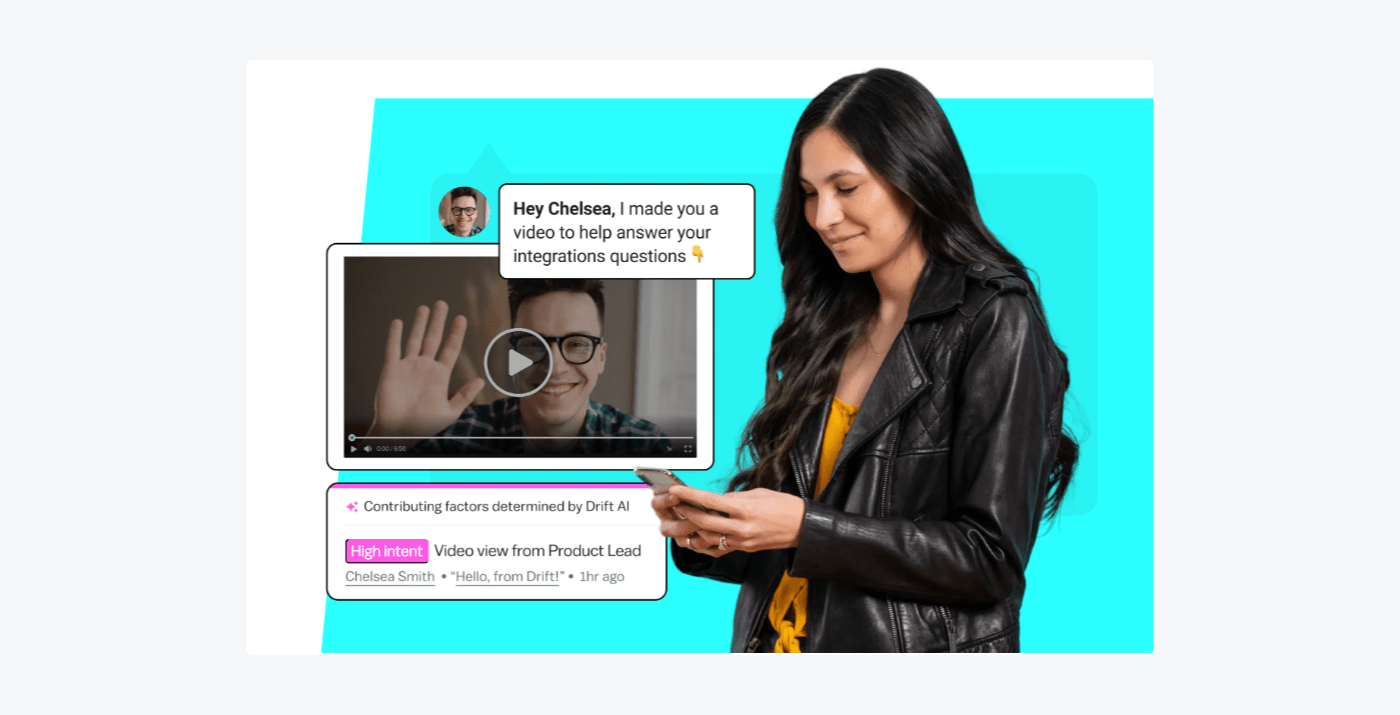
Rating: 4.4/5 ⭐️ (1,190+ reviews)
Drift is a conversational AI platform you can use to provide personalized experiences at every step of a customer journey. Its AI sales assistant is trained on numerous B2B sales and marketing chatbot conversations, enabling more efficient lead qualification. The chatbot is powered by OpenAI and can easily adapt to your brand’s voice.
Pros:
- Human-centric conversational AI
- Integrations with HubSpot, Drip, Front, and more
- Reporting and analytics available
Cons:
- The prospector dashboard is glitchy at times
- Initial setup can be tricky
- Premium (Starting at $2,500/mo)
- Advanced → Contact sales
- Enterprise → Contact sales
Read more: Explore the best Drift alternatives and competitors.
5. Sendbird
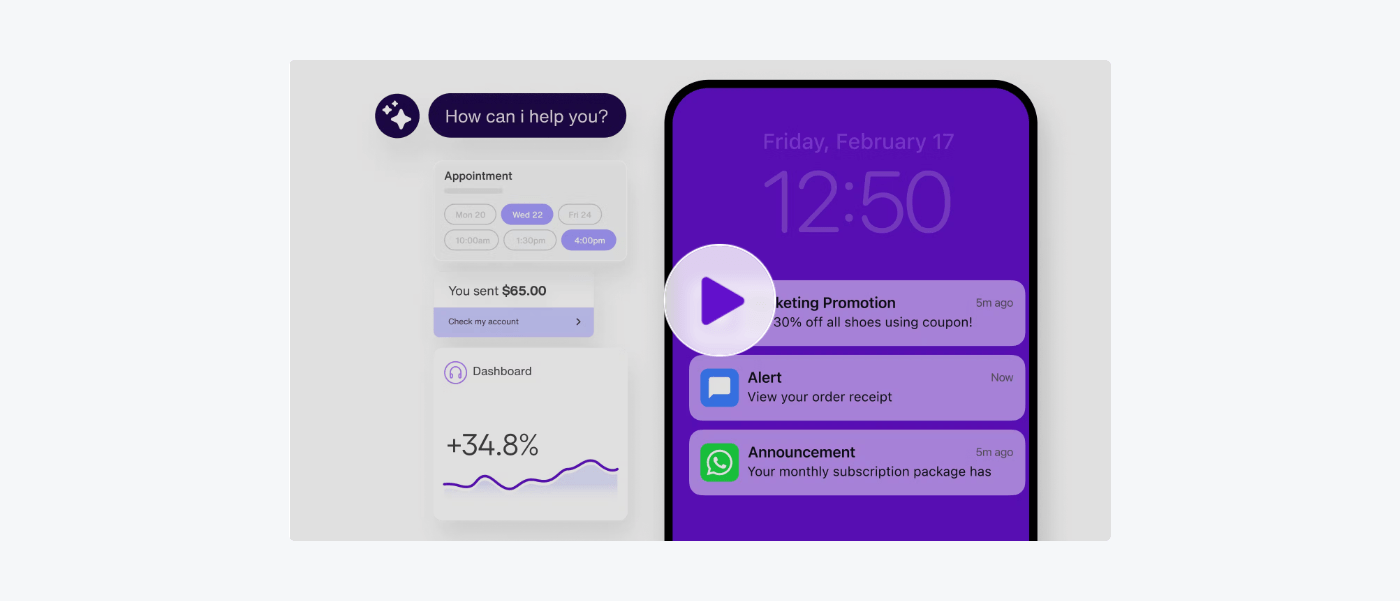
Rating: 4.5/5 ⭐️ (55+ reviews)
Sendbird is an all-in-one communications API platform that comes with live chat, chatbots, and multichannel functionality. Its AI features will help businesses automate support, marketing, and user engagement. With Sendbird’s intuitive chatbot builder, you’ll be able to easily generate bots for lead generation, shopping assistance, client support, healthcare, and more.
Pros:
- Custom AI bots for websites and mobile applications
- Omnichannel messaging for SMS, WhatsApp, mobile push, and KakaoTalk
- User-friendly widget UI builder
Cons:
- Pricing can be expensive compared to some competitors
- Technical documents could be improved
- Free version available
- Starter ($399/mo)
- Pro ($599/mo)
- Enterprise → Custom
When to use chatbots for lead generation?
Here are some practical use cases to illustrate the best times to use chatbots for lead generation, along with how they assist in the process.
Enhancing customer engagement
Picture this chatbot lead generation example—
A potential customer is browsing a real estate website late at night. They’re interested but have a few questions about the available listings and potentially scheduling a viewing. Normally, they’d have to wait until the next business day to get answers.
However, this website can engage the visitor immediately with a chatbot. Given that 83% of visitors prefer instant assistance upon contact, this is a plus when it comes to boosting customer engagement and the overall user experience.
A real estate chatbot for lead generation can greet them, provide information about properties, and even schedule a viewing. With this level of availability, bots ensure that no lead is lost due to time constraints. By collecting the visitor’s contact information and interests, the chatbot ensures that a human agent can follow up during business hours, transforming a casual browser into a solid lead overnight.
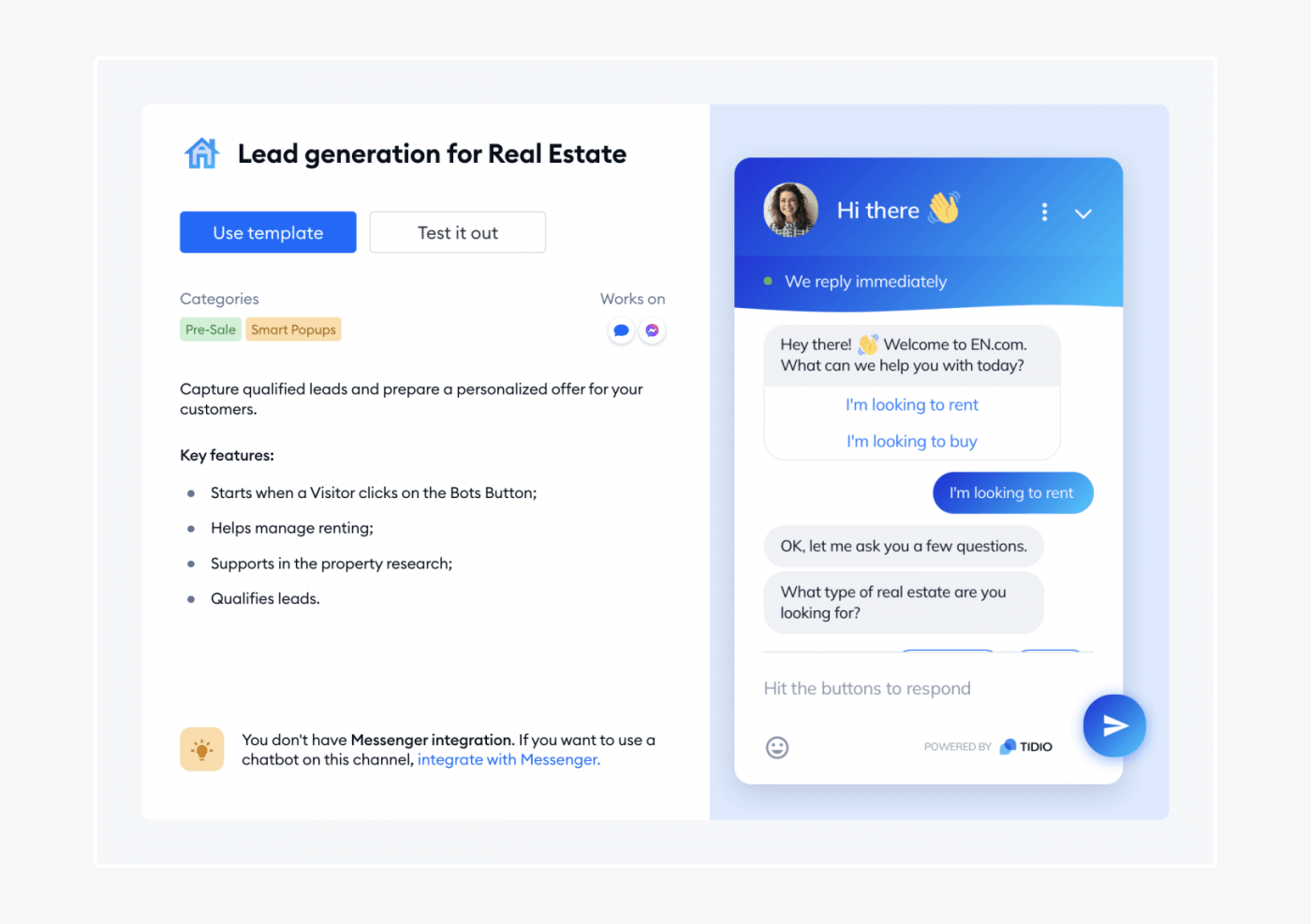
Boosting shopping experience
Imagine another scenario where a visitor lands on an ecommerce website’s sales page. They’re browsing but seem hesitant to make a purchase.
An ecommerce chatbot can step in here, initiating a friendly conversation to offer assistance. It chatbot might suggest products based on browsing behavior, provide personalized recommendations, or offer an exclusive discount as an incentive.
Through this interaction, the chatbot captures the visitor’s contact information and product preferences, which can be valuable for personalized follow-ups and marketing campaigns. Essentially, the chatbot not only enhances the shopping experience but also gathers important data to nurture the lead further.
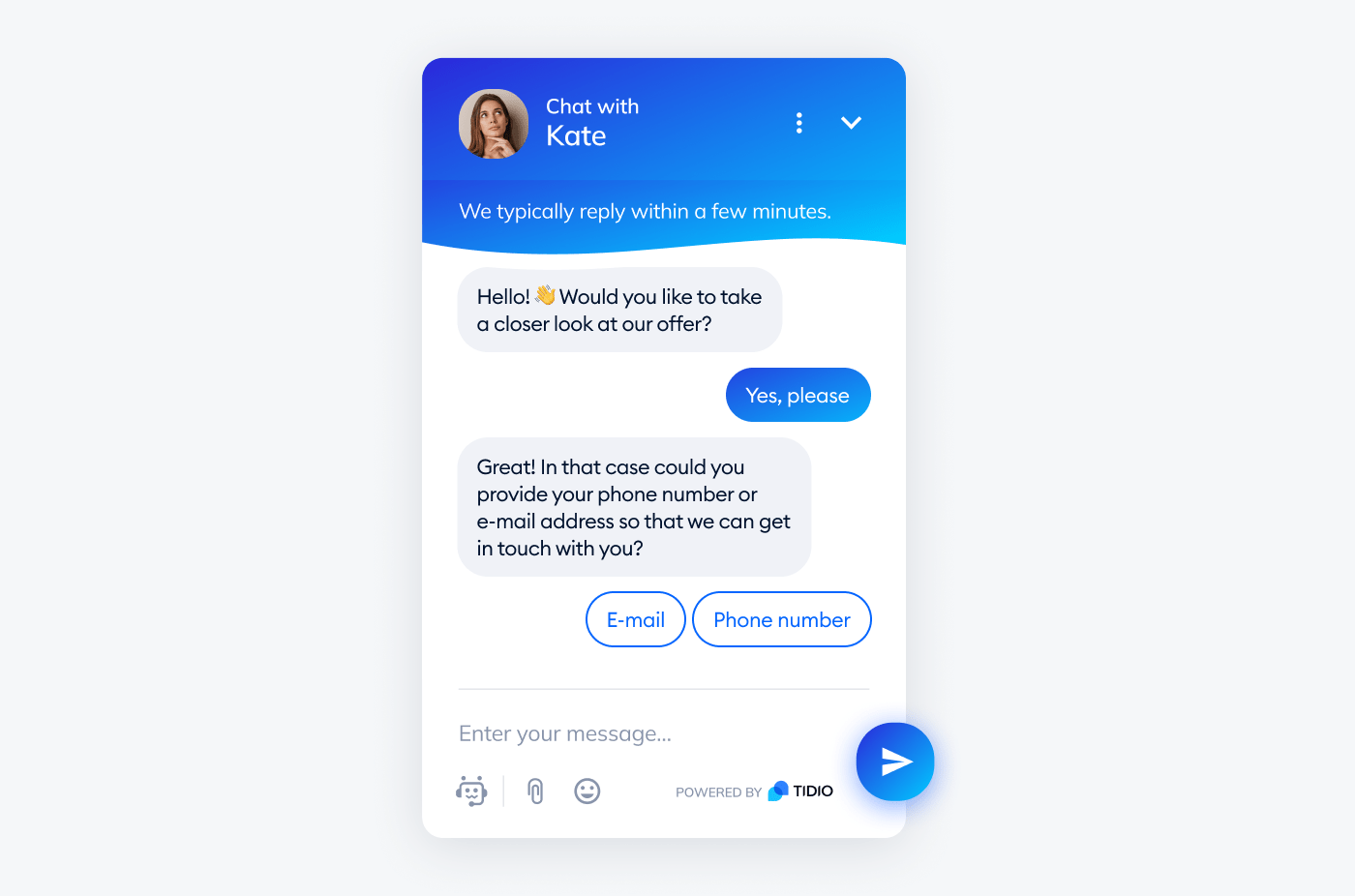
Read more: Learn how to efficiently create an online shopping bot and provide proactive customer service.
Streamlining Frequently Asked Questions (FAQs)
Consider a software company that receives a high volume of similar inquiries about its products and services. Without a chatbot, potential leads might get frustrated waiting for responses, especially during peak times. Deploying a chatbot to handle these frequently asked questions can be a game-changer.
For instance, when visitors ask about pricing plans, features, or technical support, the chatbot can provide immediate, accurate answers. This instant response system keeps potential clients engaged and increases customer satisfaction level. And this definitely adds up given that, according to research, AI-powered tools boost CSAT scores by an average of 12%!
You can use Tidio’s Lyro, conversational AI to answer questions to most common questions in a human-like manner within seconds. You just have to feed it knowledge using premade question-answer pairs, or by having it pull FAQ data from your website.
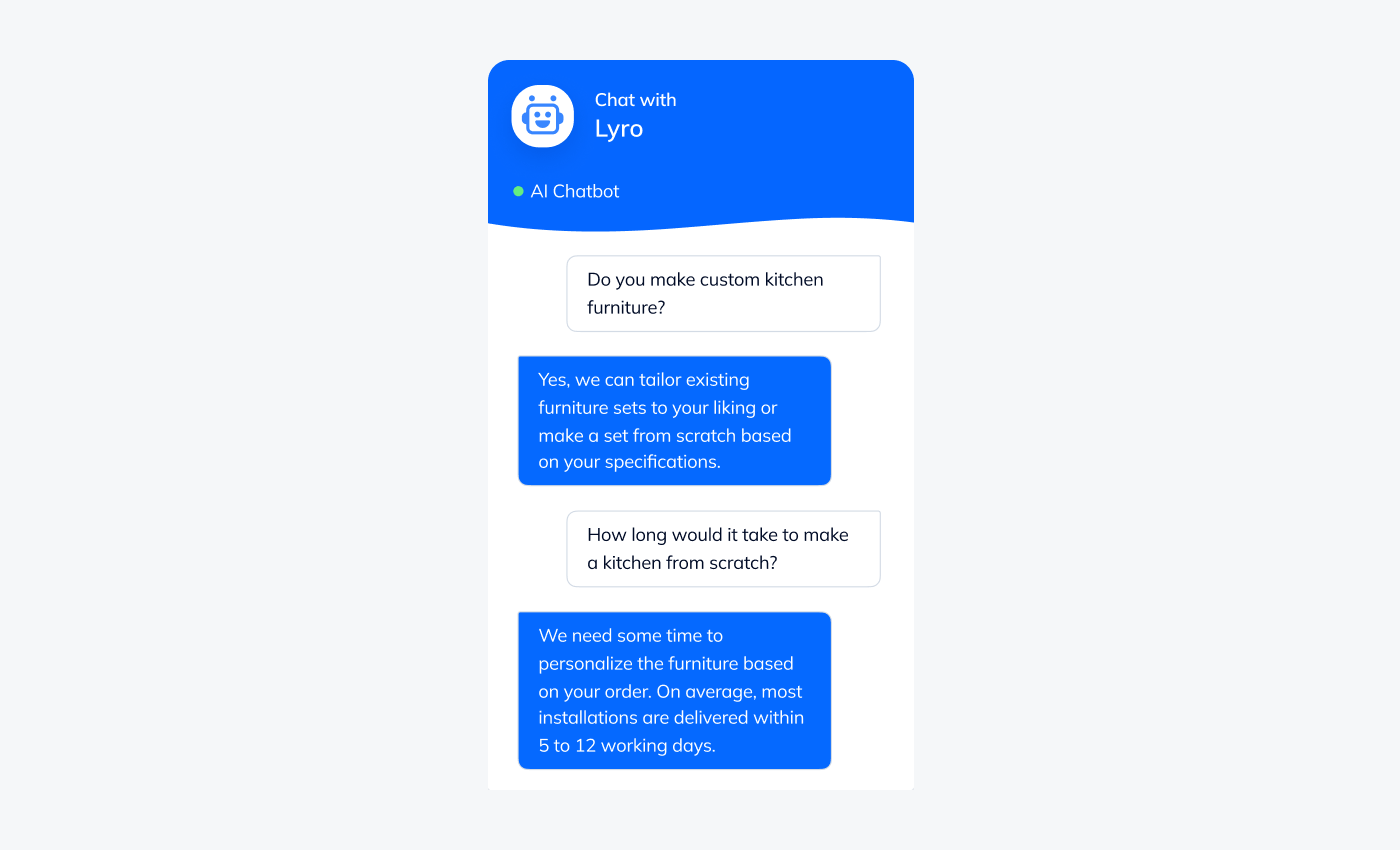
Read more: Learn how Tidio’s support team streamlined automation processes using Lyro.
Simplifying appointment scheduling
Think about a busy dental clinic, where scheduling an appointment often involves long phone calls and back-and-forth emails. A chatbot can significantly shorten this process.
When a prospective patient visits the clinic’s website and decides to inquire about available times, the chatbot can handle the scheduling effortlessly.
By accessing real-time availability, the chatbot can offer appointment slots, capture the patient’s details, and confirm the booking—all without human intervention.
This efficiency enhances the customer experience, which is extremely important as a whopping 89% of people want to buy from a company again after just one positive experience! It also ensures that the clinic captures potential leads swiftly and effectively.
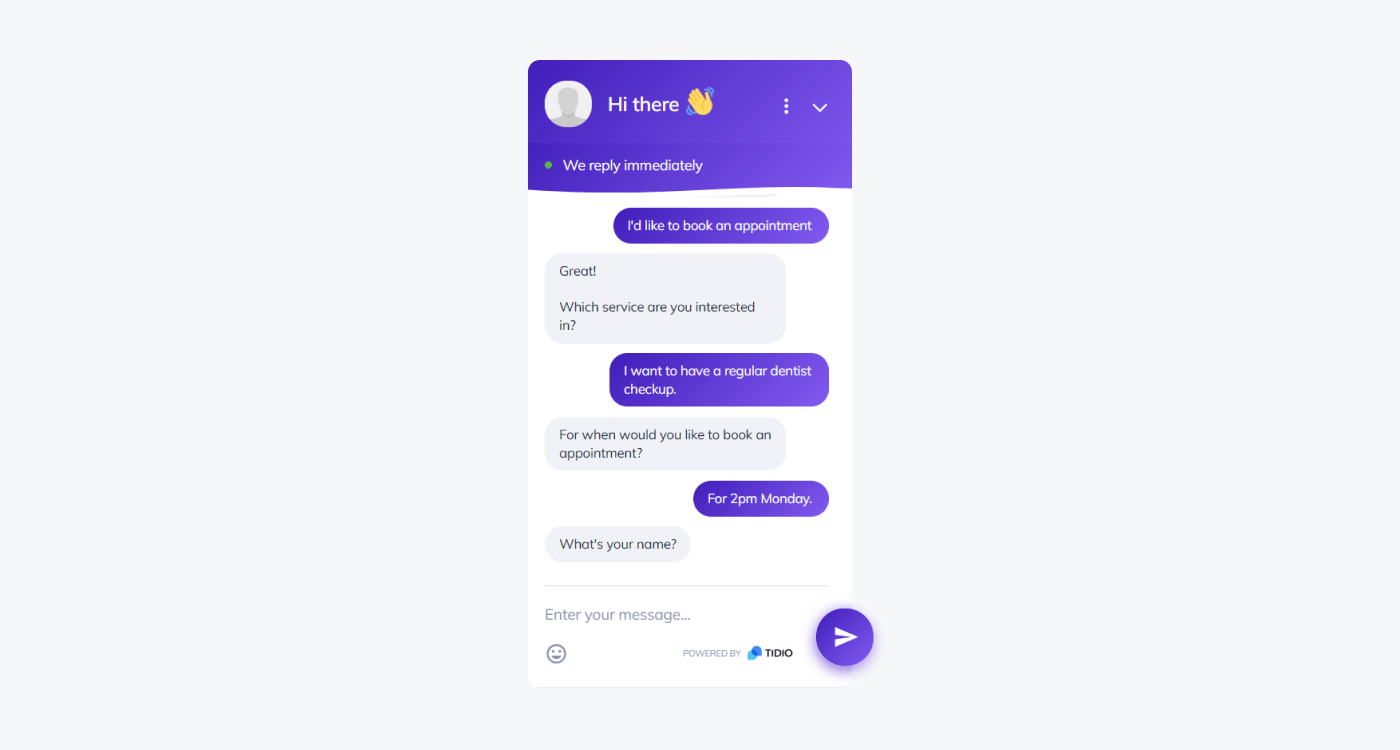
Nurturing leads via social media engagement
In today’s digital age, visitors interact with your brand on Facebook Messenger or Instagram DMs. A well-integrated chatbot can be transformative here.
When someone messages your brand page asking for more information about a product or service, the chatbot can immediately respond and then gather details about what the user is looking for and guide them towards making a purchase or booking a consultation.
This seamless interaction keeps potential customers engaged and increases the likelihood of converting them into paying clients. It also ensures that no query goes unanswered, capturing leads even during hours when social media managers aren’t available.
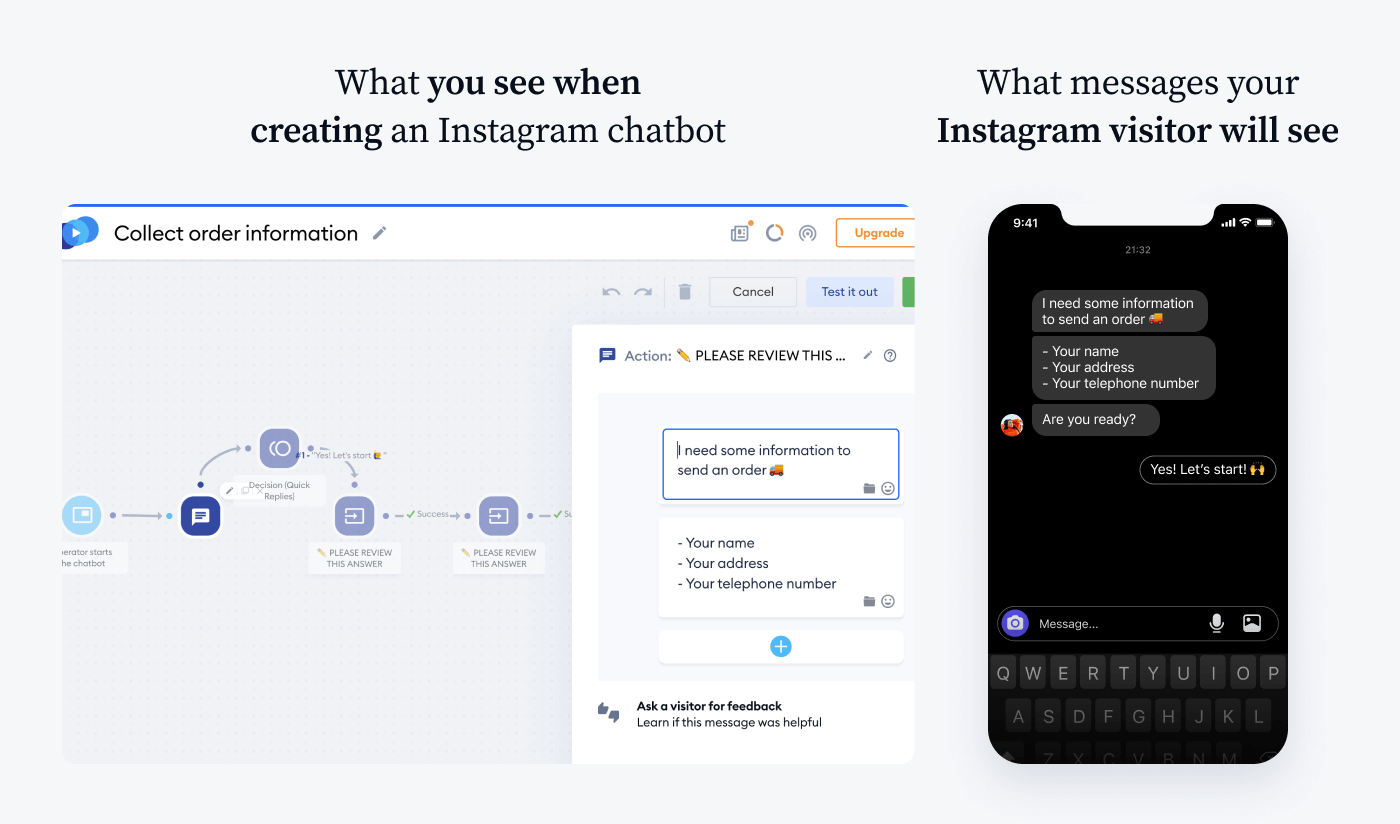
Read more: Find out how to create a WhatsApp chatbot in a few easy steps. Also, be sure to check out all you should know about Instagram chatbots and Facebook chatbots.
Simplifying event registrations
Let’s imagine a company hosting a webinar or a live event. Traditional registration forms can sometimes be off-putting for potential attendees. A chatbot, on the other hand, can make the process more engaging and interactive.
As soon as someone shows interest in the event, the chatbot can pop up with an offering to help them register. The bot can then guide them through a simplified registration process, asking for their name, email, and any other pertinent details.
It can even send reminders as the event date approaches. This interactive approach not only simplifies the registration process but also collects valuable lead information in a way that feels conversational and user-friendly.
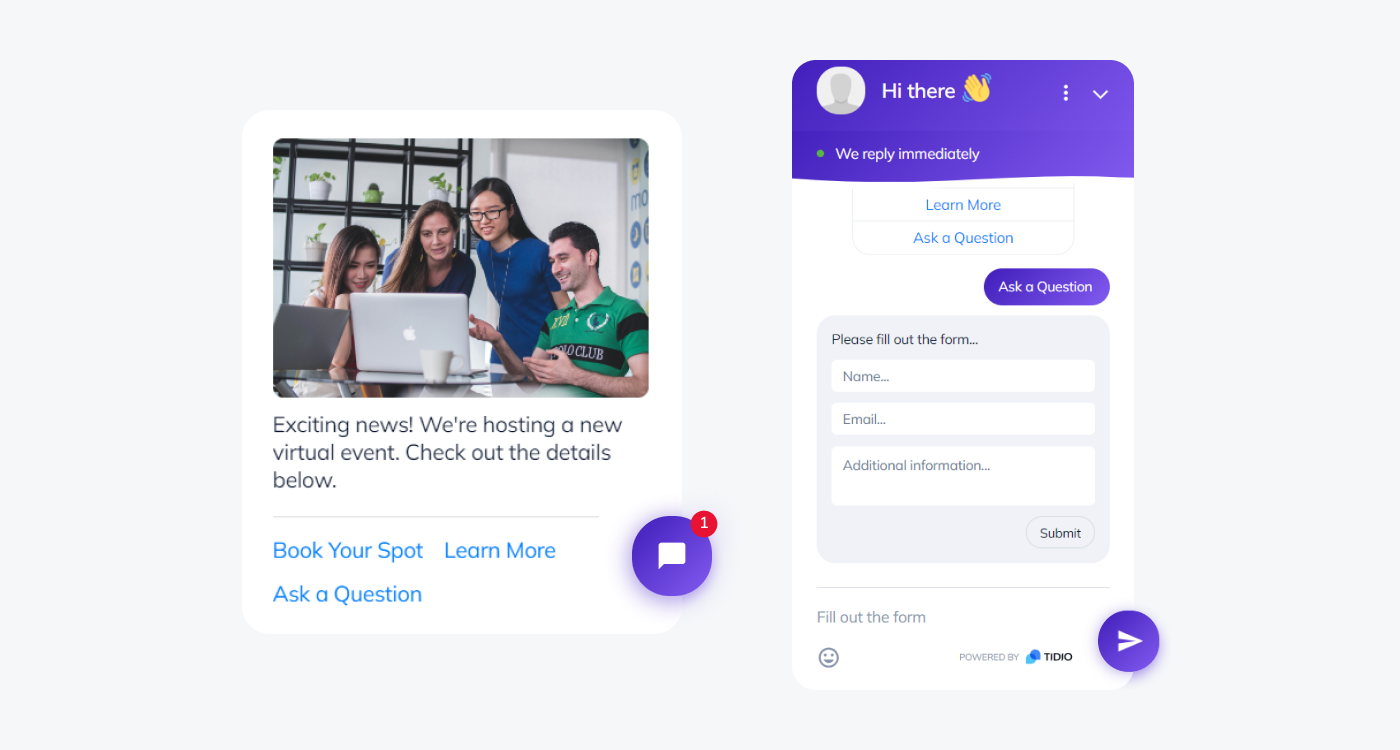
Read more: Explore the best chatbot use cases for customer service.
In all of the scenarios above, chatbots act as invaluable tools in the lead generation process. They provide instant responses that keep potential leads engaged, gather critical information that can be used for follow-up, and ensure that leads are nurtured efficiently.
How to set up a lead generation bot
A well-configured chatbot can transform your strategy, whether you’re looking to enhance user engagement, streamline processes, or capture valuable leads around the clock.
We’ll guide you through the essential steps to create an effective lead generation bot that not only meets your business needs but also enriches the customer experience.
To showcase this process, we’ll use Tidio’s chat flows as the tool is easy, intuitive, and free to use. Moreover, flows can greet visitors whenever you want and in any way you deem fit for your lead gen strategy.
Register for free to follow along.
Step #1
First things first, you should go to the Flows tab located in your Tidio panel.
If you want to use one of the existing chatbot templates, you just need to select the Leads Flows tab and pick from one of the available options by clicking Learn more >> Use template.
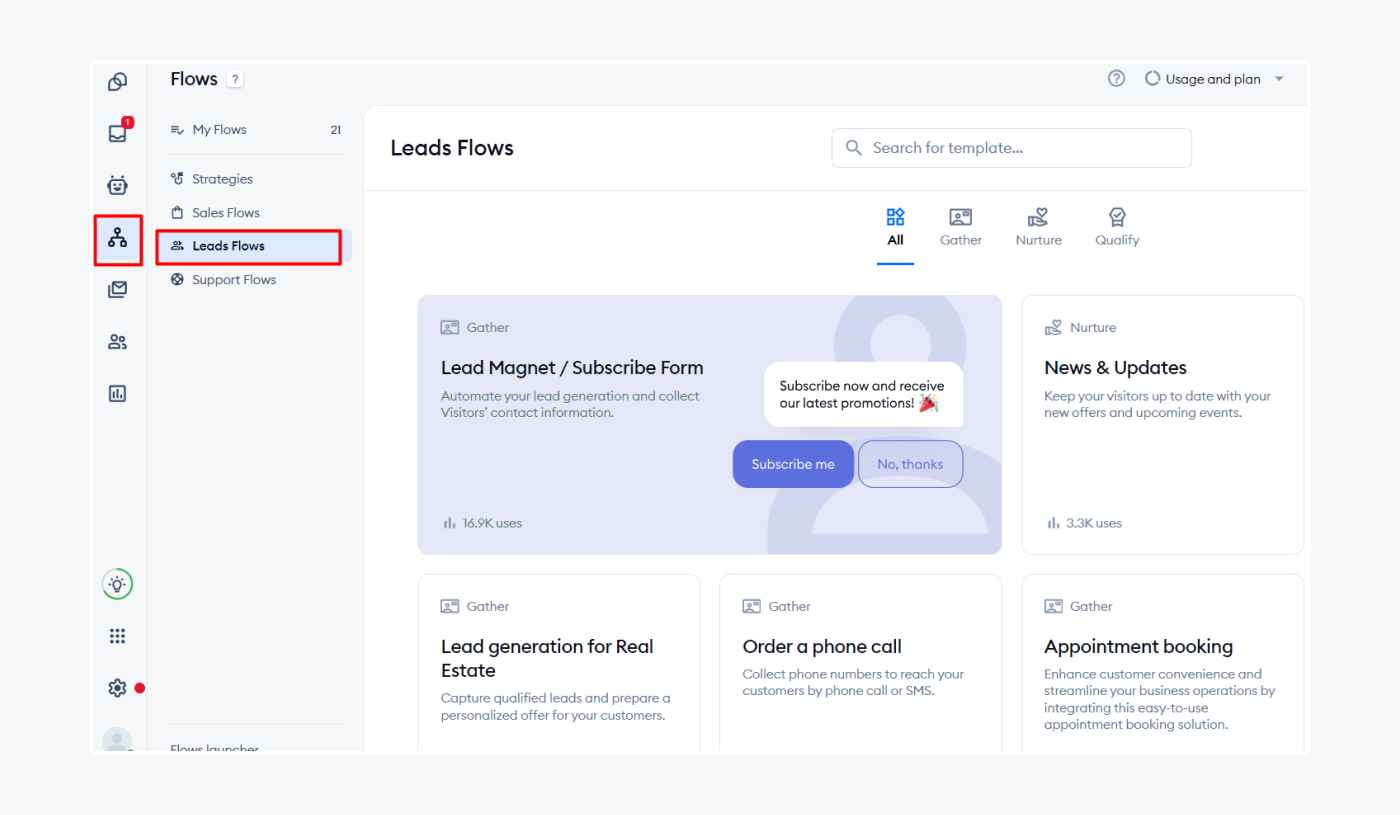
Step #2
If you want to create a chatbot from scratch, click the Create from scratch button in the My Flows section.
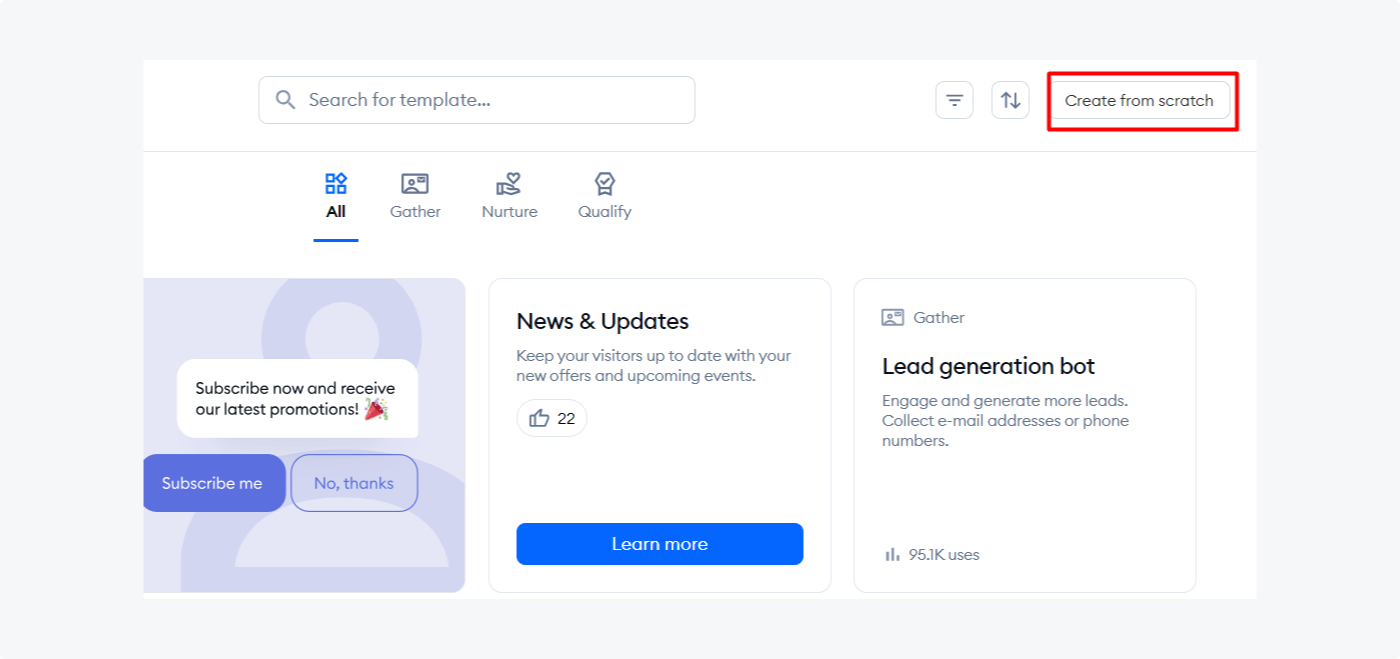
Step #3
Next, select your preferred trigger. For example, we chose Visitor clicks on chat icon.
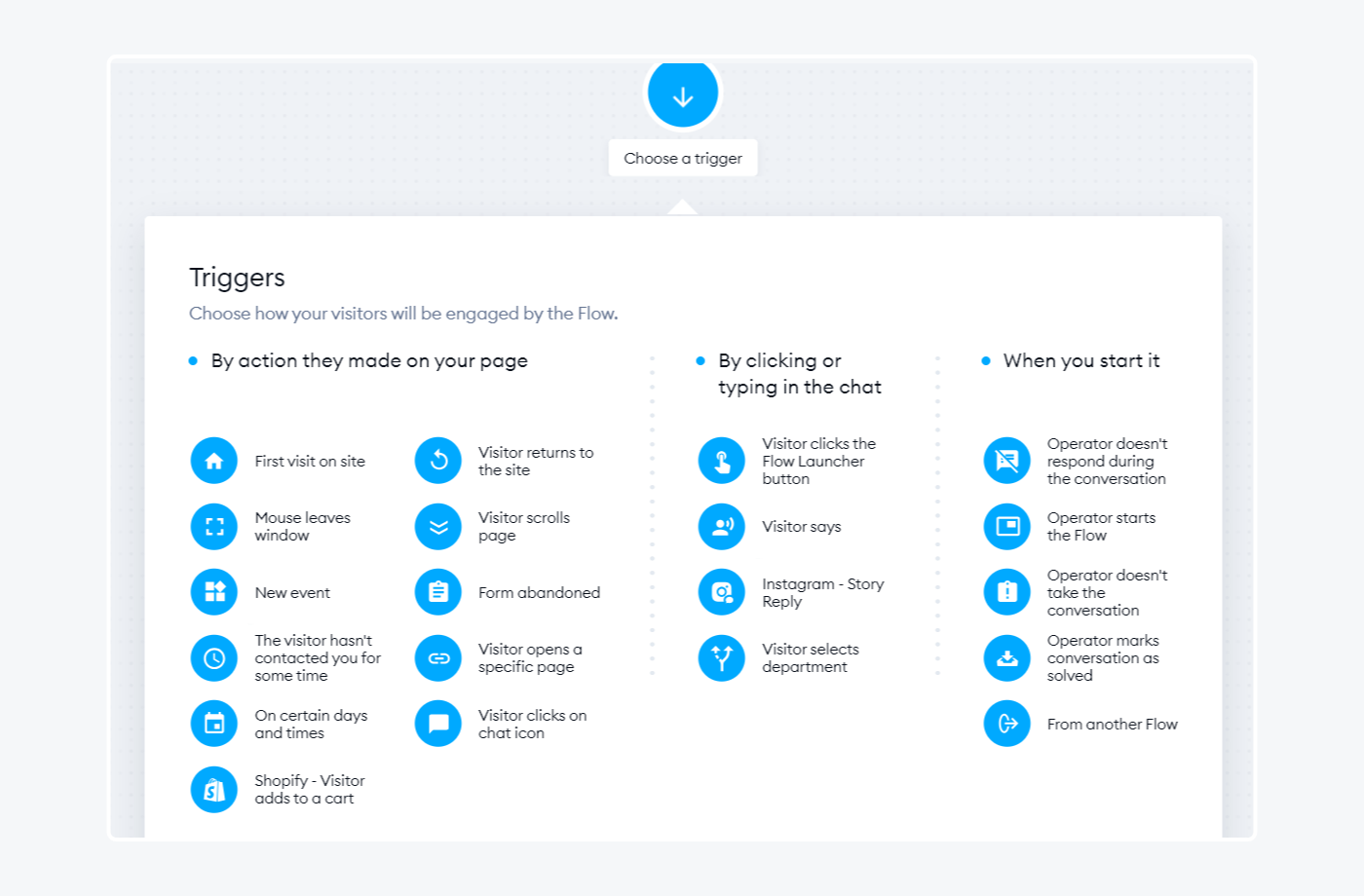
Step #4
After that, you can add the action called Ask a question. You can proceed to type in the question to the visitor asking for their email address. Also, make sure to select Email as your validation type. This allows the email to be saved in your list of contacts.
Step #5
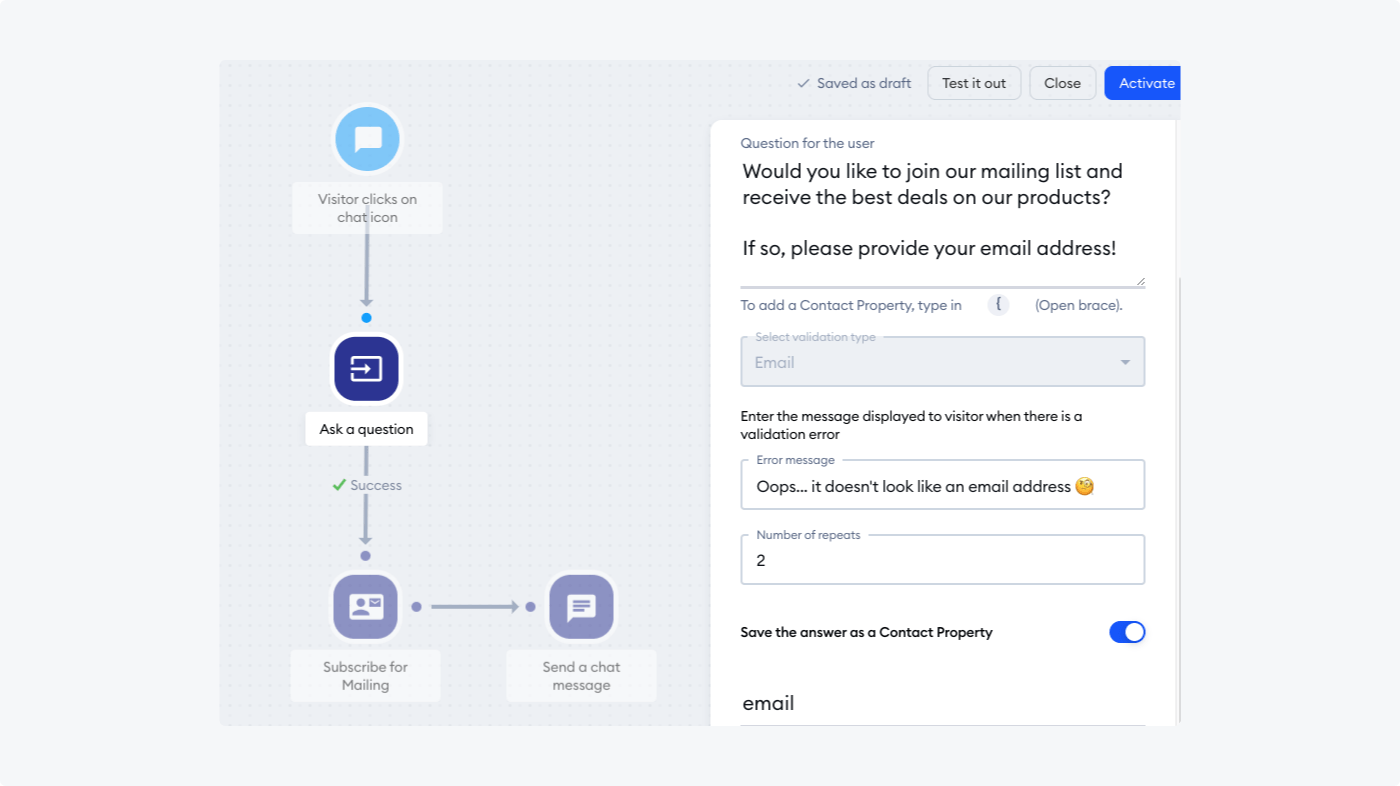
Finally, you can finish up by adding a Subscribe for Mailing node and connecting it to a Send a chat message node to thank your new subscriber.
That said, you must choose the appropriate nodes if you wish to add other types of questions or information to the messages.
And that’s it for the lead generation chatbot flow! All that’s left for you to do is hit the Activate button, and you’re all set.
By doing so, you allow the flow to collect the information for you, saving you time for other initiatives.
Read more: Learn more about how to start collecting leads using Tidio.
Tips for using chatbots to generate leads
Integrating chatbots into your lead generation strategy can significantly enhance your ability to engage and get qualified leads which will be converted into potential customers. However, merely deploying a chatbot isn’t enough. Optimizing its use through strategic approaches is essential for maximizing its effectiveness.
Let’s examine the best practices for unlocking the full potential of chatbot technology in your lead generation efforts.
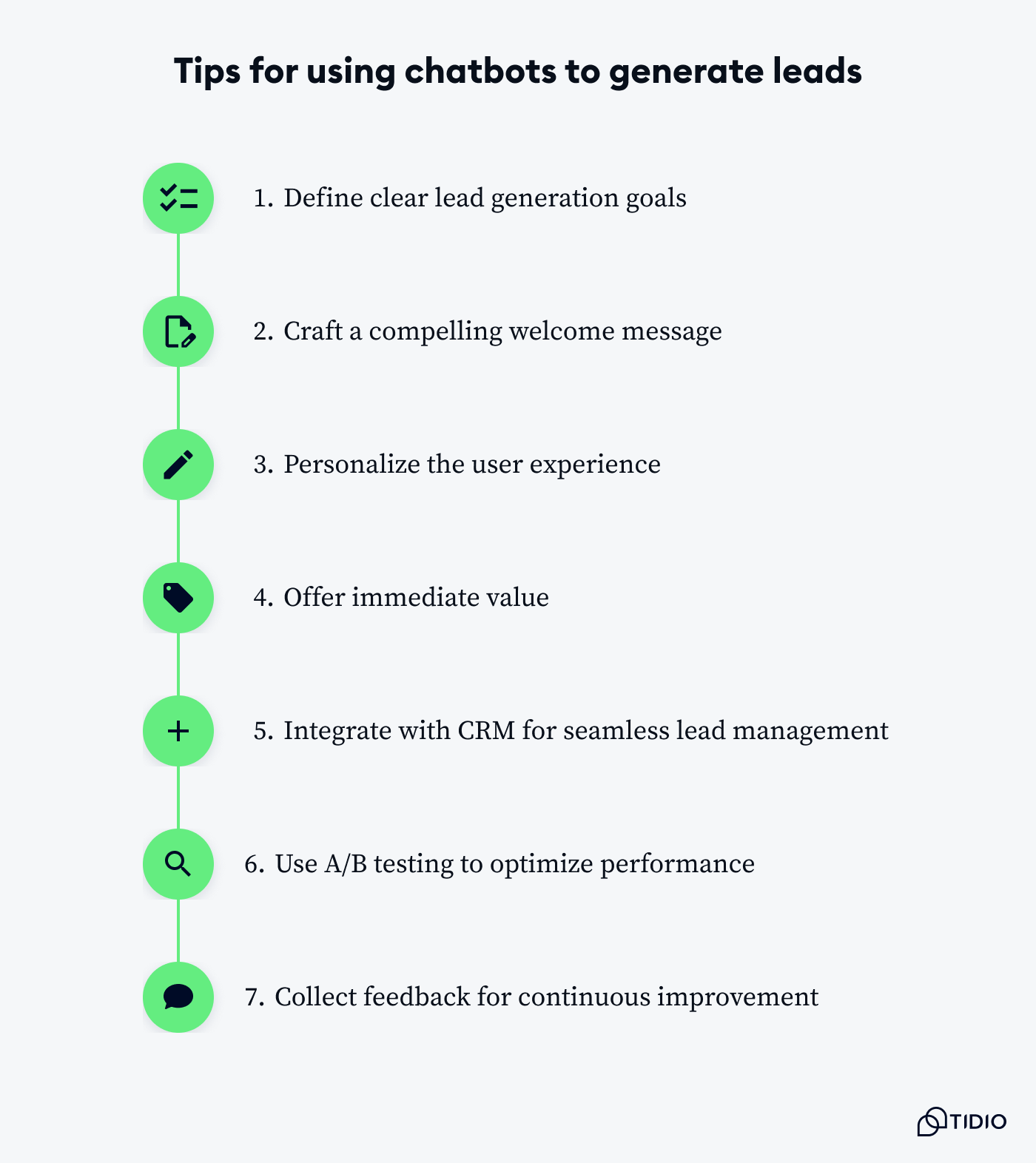
1. Define clear lead generation goals
Before deploying your chatbot, set clear lead generation goals. These help in designing the chatbot’s dialogue flow to elicit the information necessary for these objectives. For example, if your goal is to capture email addresses, make sure the bot prompts for this information early in the interaction, using a conversational and non-intrusive approach.
2. Craft a compelling welcome message
The welcome message is your first opportunity to engage with potential leads. Make it attention-grabbing and informative. A greeting like, “Hi there! Interested in learning more about our services? I can help you with that,” can set the right tone. This initial engagement should quickly introduce the bot’s purpose and how it can assist, making visitors more likely to interact and provide their information.
3. Personalize the user experience
Personalization is key in capturing and keeping the interest of potential leads. Take advantage of previously gathered chat transcripts or real-time information to tailor your responses.
For instance, if a user indicates interest in a particular product, the bot should offer additional relevant information or related products. Personalization makes the interaction feel more genuine, increasing the likelihood that users will share their contact details.
4. Offer immediate value
One of the most effective ways to capture leads is by offering them instant value. This could be in the form of exclusive content, a discount code, or a free consultation. For example, your chatbot could say, “Would you like a 10% discount on your first purchase? Provide your email, and I’ll send you the code!” This tactic incentivizes users to share their contact information willingly.
5. Integrate with CRM for seamless lead management
For efficient lead generation, make sure your chatbot is integrated with your CRM system. This ensures that any data collected is automatically organized within your CRM, making it easier for your sales team to access and act on. Seamless integration means you can track the lead’s journey from initial contact to final conversion, making follow-ups more targeted and effective.
6. Use A/B testing to optimize performance
To maximize your chatbot’s lead generation effectiveness, make sure to continuously run A/B tests. Experiment with different greeting messages, question sequences, and calls to action to see which combinations generate more leads. Analyze the results and use the insights to refine your chatbot. Regular optimization helps in improving conversion rates over time and ensures that your chatbot remains effective in different scenarios.
Read more: Explore helpful tips to learn how to train a chatbot.
7. Collect feedback for continuous improvement
After each interaction, seek customer feedback to understand how they felt about the chatbot experience. Then, use this feedback to identify areas for improvement. For example, if users frequently report confusion over certain questions, revisit and clarify those parts of the script. Continuously refining the chatbot based on real user feedback will make it more effective in capturing leads.
By following these lead generation best practices, you can create a chatbot that not only engages visitors, but also effectively turns them into valuable leads for your business.
Read more: Check out the key B2B lead generation strategies and best practices to follow.
Lead generation chatbot: key takeaway
Implementing a chatbot for lead generation can significantly boost your customer engagement and streamline the process of capturing valuable leads. By following best practices—like defining clear objectives, personalizing interactions, and seamlessly integrating with CRM systems—you can ensure your chatbot works efficiently and effectively.
Remember, the key to success lies in continuously optimizing and refining your bot based on user feedback and performance metrics. With the right approach, your lead generation chatbot can become an invaluable asset, driving meaningful growth for your business.
Why not try today?
FAQs
A lead generation chatbot can interact with visitors 24/7, capture valuable contact information, qualify leads based on specific criteria, and seamlessly integrate with CRM systems for efficient follow-ups. This streamlines the sales funnel and ensures that potential leads are nurtured continuously.
Virtually any business can benefit from lead generation chatbots, but they are particularly effective for ecommerce, real estate, B2B services, healthcare, and educational institutions. These industries often deal with high volumes of inquiries and can significantly streamline lead capture and qualification processes with chatbots.
Design your chatbot to ask targeted, qualifying questions that help determine a lead’s value. Use data points such as user preferences, needs, and readiness to engage with your services. Additionally, A/B testing can help refine the bot’s effectiveness by optimizing question sequences and interaction flow.
For optimal performance, integrate your chatbot with your CRM and other marketing automation tools. This allows for seamless data transfer, ensuring all captured leads are organized and accessible for follow-ups. Many chatbot platforms like Tidio offer easy integration options with popular CRM systems like Salesforce, HubSpot, and Zoho.
Chatbots enhance lead generation by instantly engaging visitors and offering 24/7 support. They personalize interactions, qualify leads with targeted questions, and collect valuable data. Additionally, they guide the customer journey, place strategic CTAs, and support marketing campaigns.
